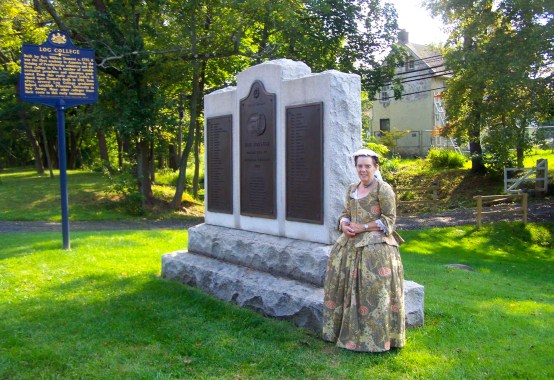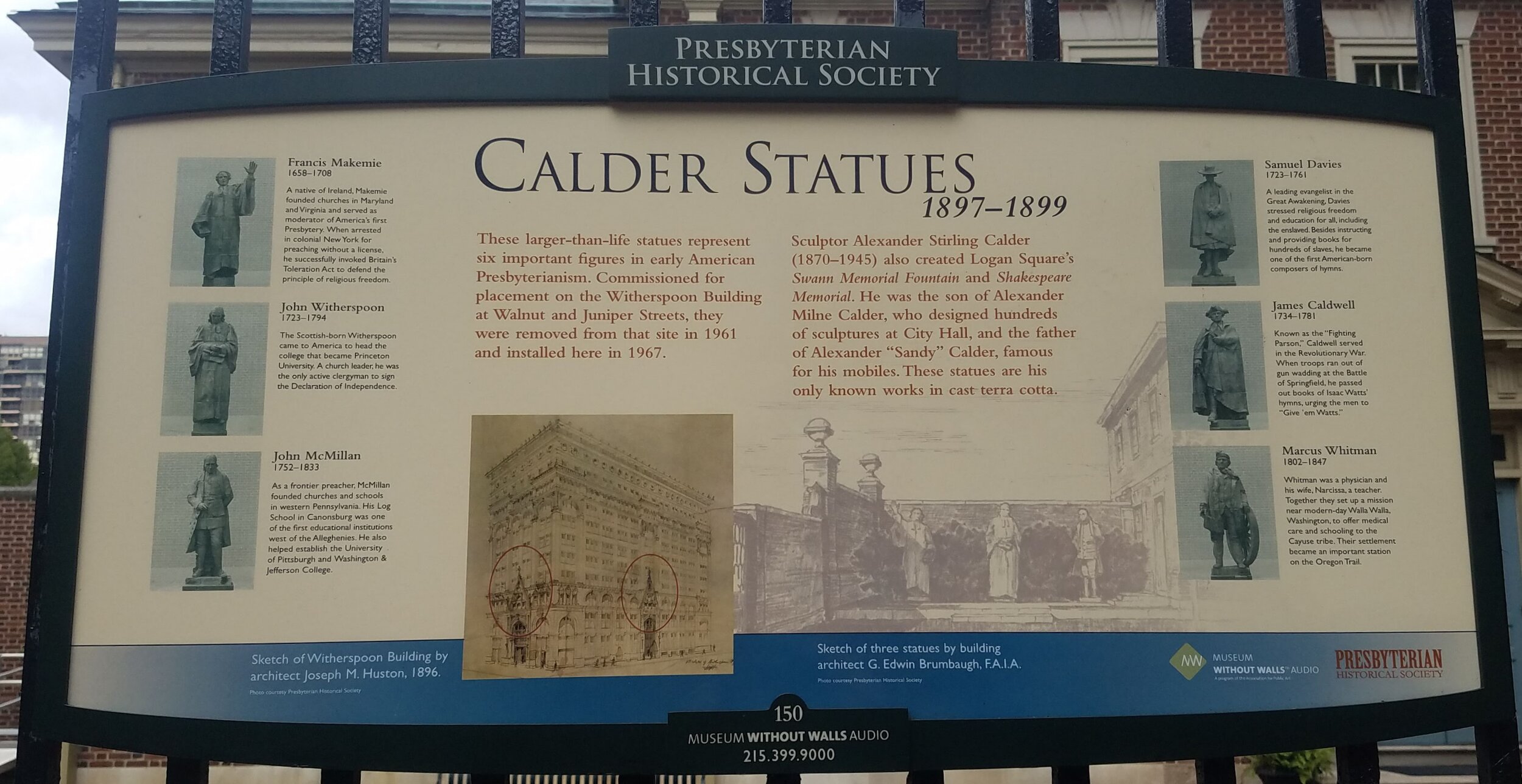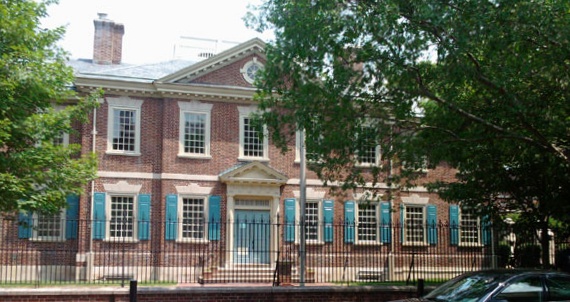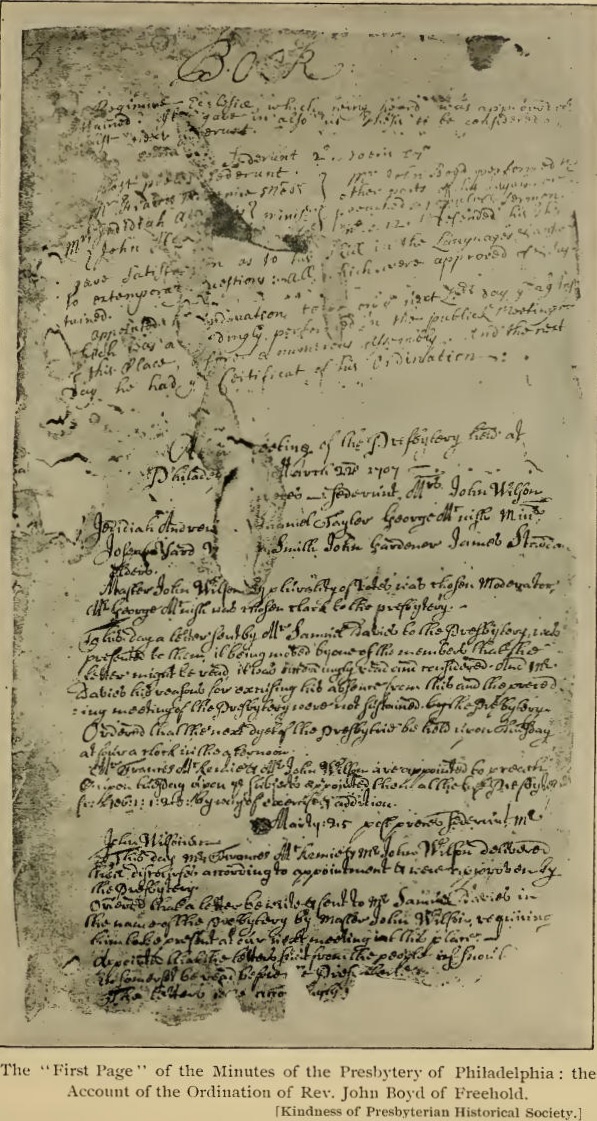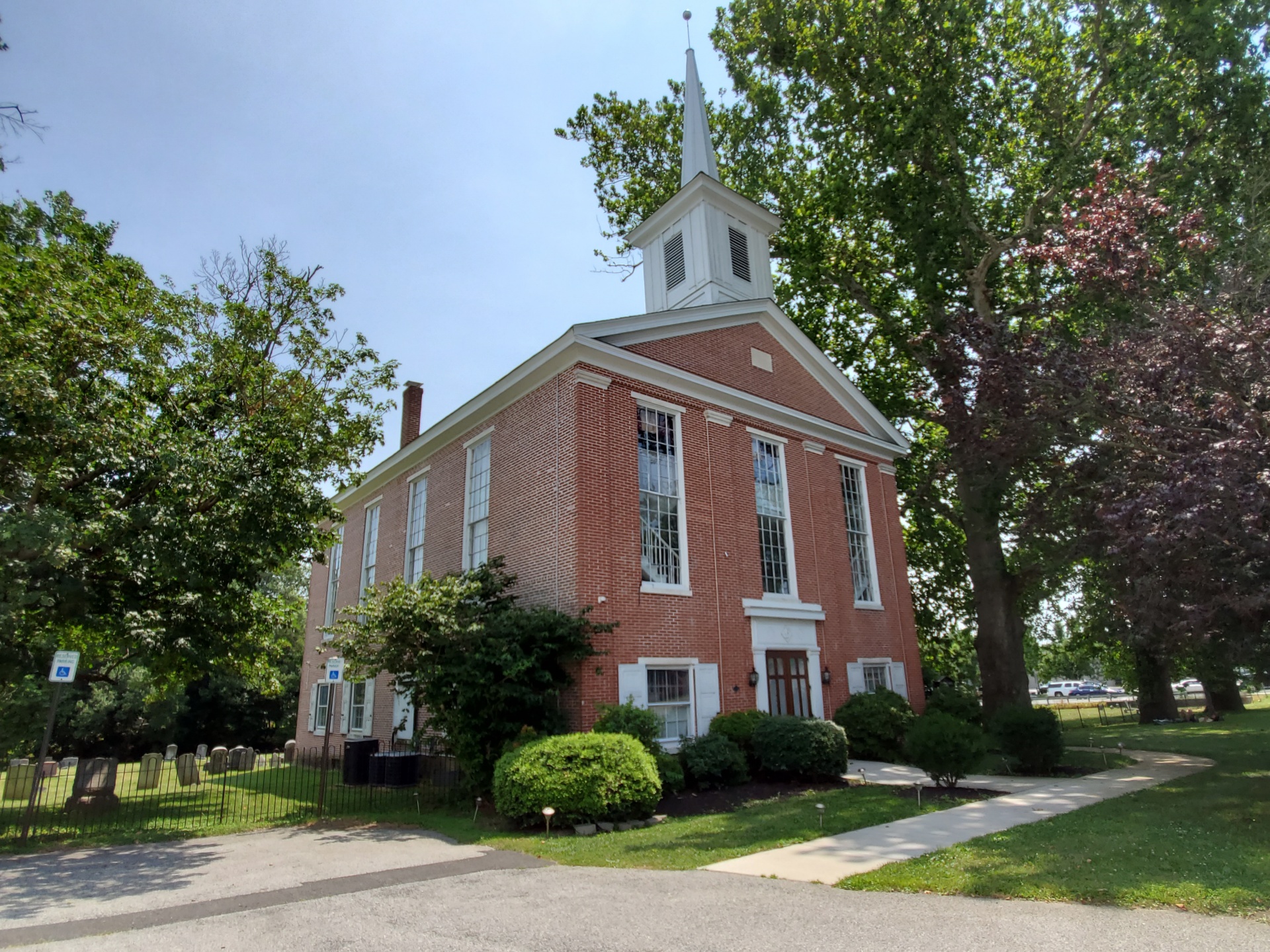Samuel Davies once preached a sermon to youth in 1758 (260 years ago) titled Little Children Invited to Jesus Christ (reprinted by the American Tract Society in 1826). It was an argument not to delay but to come to Jesus, and to embrace him by faith.
In this sermon, Davies clarifies what he means by “coming to Christ” (based on this text: “But when Jesus saw it, he was much displeased, and said unto them, Suffer the little Children to come unto me, and forbid them not: For of such is the Kingdom of God,” Mark 10:14). The truths he lays out in this sermon are timeless and applicable to all, young or old.
You have a right, and that it is your duty, to Come to Jesus. Therefore, oh! come to him: come to him this very day, without delay.
But here, I hope, you start a very proper question, "What is it to come to Christ? or in what sense are we to understand this phrase, as it may be applied to us now, since he is removed from our world?"
Coming to Christ, in my text, did indeed mean a bodily motion to him: and this was practicable, while he tabernacled in flesh among men. But even then, it signified much more. It signified coming to him as a divine teacher, to receive instruction; as a Saviour, to obtain eternal life; and as the only Mediator, through whom guilty sinners might have access to God. It signified a motion of soul towards him, Correspondent to the bodily motion of coming: a motion of the desires, a flight of tender affections towards him. In this view it is still practicable to come to Christ; and it is our duty in these latter days, as much as it was theirs who were his contemporaries upon earth. It is in this view, I now urge it upon you: and in this view, it includes: the following particulars.
1. A clear conviction of sin; of sin in heart, in word, and in practice; of sin against knowledge; against alluring mercies and fatherly corrections; of sin against all the strongest incitements to duty. Without such a conviction of sin, it is impossible that you should fly to him as a Saviour: for he "came not to call the righteous, but sinners to repentance."
2. An affecting sense of danger, upon the account of sin. You cannot fly to him as a Saviour, till you see your extreme need of salvation; and you cannot see your need of salvation, till you are sensible of your danger; sensible that you are every moment liable to everlasting condemnation, and have no title at all to the divine favour.
3. A humbling sense of your own inability to save yourselves by the merit of your own best endeavours. I do not mean, that you should neglect your best endeavours; or that you should not exert your utmost strength in every good work, and in the earnest use of all the means of grace: for you never will come to Christ, till you are brought to this. But I mean, that while you are doing your utmost, you must be sensible, that you do not deserve any favour at all from God on that account, and that you neither can, nor do make any atonement for your sins by all your good works; but that God may justly condemn you notwithstanding. Till you are sensible of this, you will weary yourselves in vain, in idle self righteous efforts to perform the work which Jesus came into the world to perform, and which he alone was able to do; I mean, to make atonement for your sin, and to work out a righteousness to recommend you to God. It is an eternal truth, that you will never come to Christ as a Saviour, till you are deeply sensible there is no salvation in any other; and particularly that you are not able to save yourselves.
4. An affecting conviction, that Jesus Christ is a glorious, all sufficient and willing Saviour: that his righteousness is perfect, equal to all the demands of the divine law, and sufficient to make satisfaction for all our sins, and procure for us all the blessings of the divine favour; that he is able and willing to "save to the uttermost all that come unto God by him;" and that he is freely offered in the Gospel to all that will accept him, however unworthy, and however great their sins. Indeed it is an eternal truth, that though multitudes perish, it is not for want of a Saviour. There is a Saviour all sufficient, and perfectly willing; and this you must be convinced of before you can come to him.
5. An entire dependence upon his merits alone for acceptance with God. Sensible that you have no merit of your own; on which to depend; and sensible also that Jesus is a sure foundation, on which you may safely venture your eternal all, you must cast all your dependence and fix your entire trust on him. You will as it were hang about him, as the only support for your sinking soul, and plead his righteousness as the only ground of your acceptance with God. This is so unnatural to a proud self-confident sinner, that you must be brought very low indeed, thoroughly mortified and self-emptied, before you will submit to it.
6. A cheerful subjection to him as your ruler; and a voluntary surrender of yourselves to his service. If you come to him at all, it will be as poor penitent rebels, returning to duty with, shame and sorrow, and fully determined never to depart from it more. To embrace Christ as a Saviour, and yet not submit to him as our ruler; to trust in his righteousness, and in the mean time disobey his authority; this is the greatest absurdity, and utterly inconsistent with the wise constitution of the Gospel.
And now, my dear young friends, I hope even your tender minds have some idea what it is to come to Christ. And therefore, when I exhort you to it, you know what I mean. Come then, come to Jesus.












